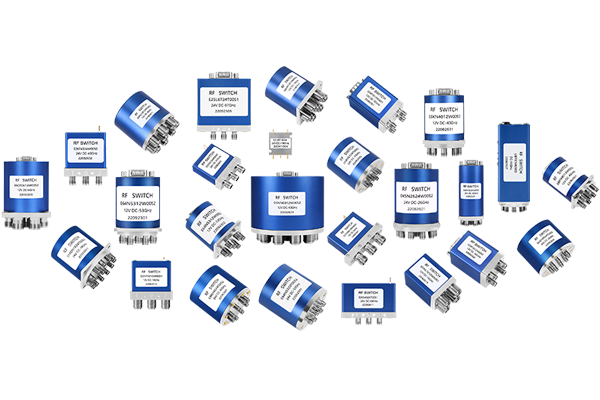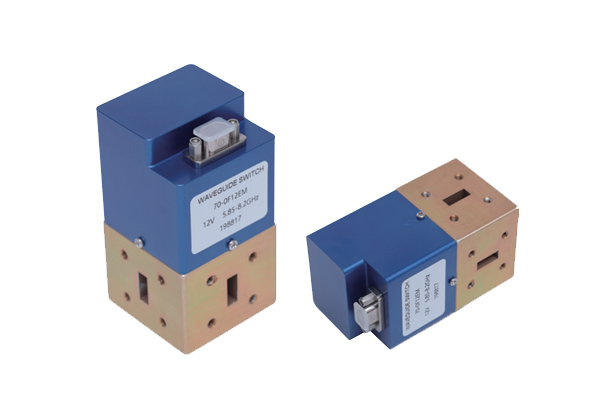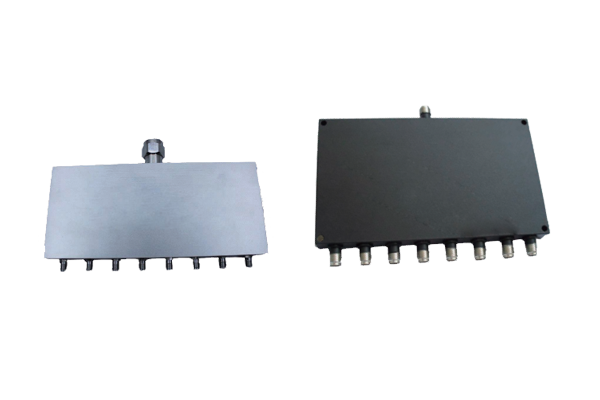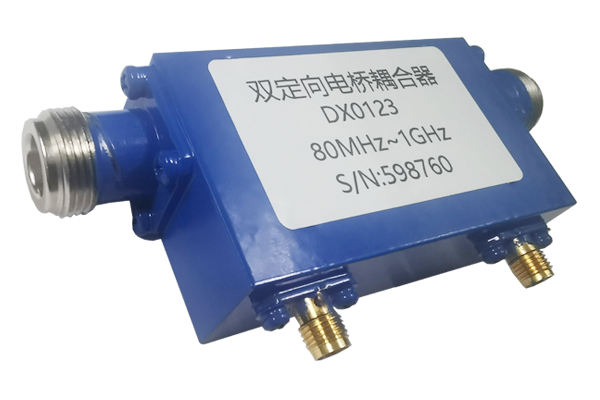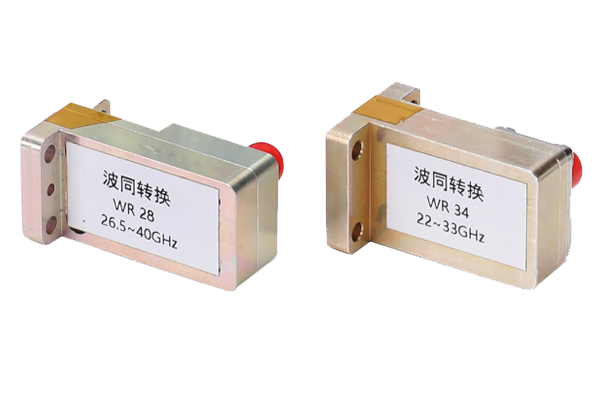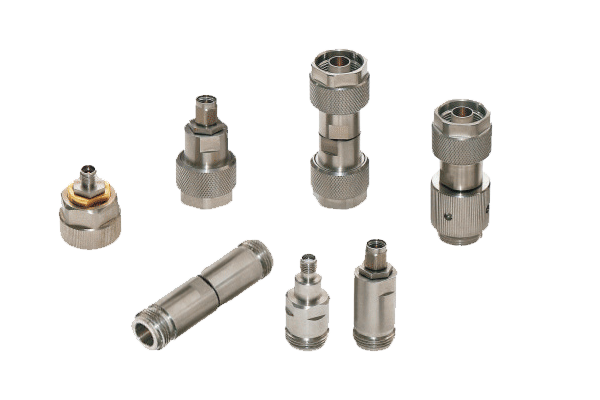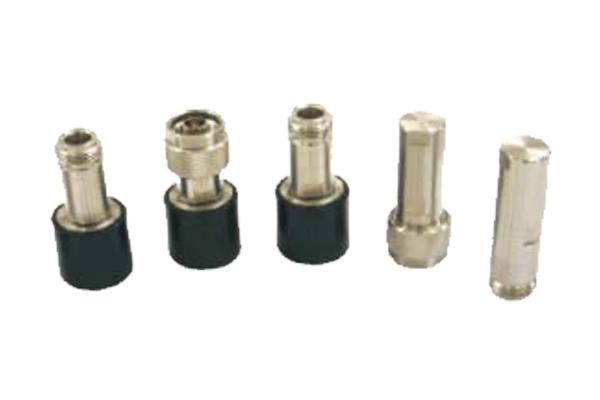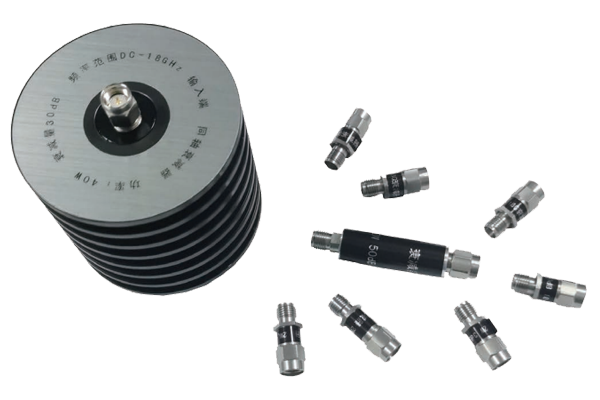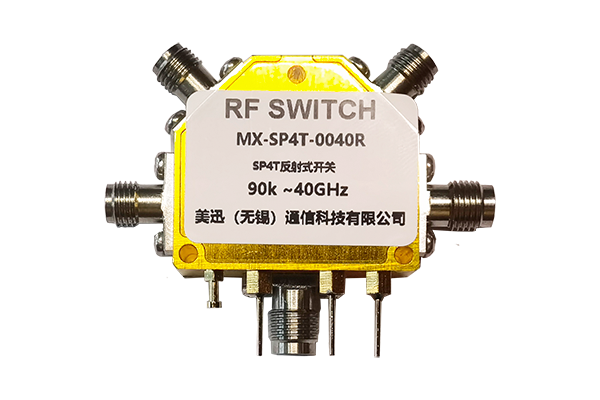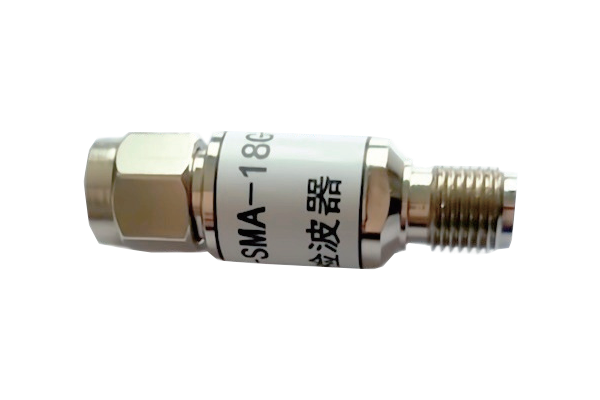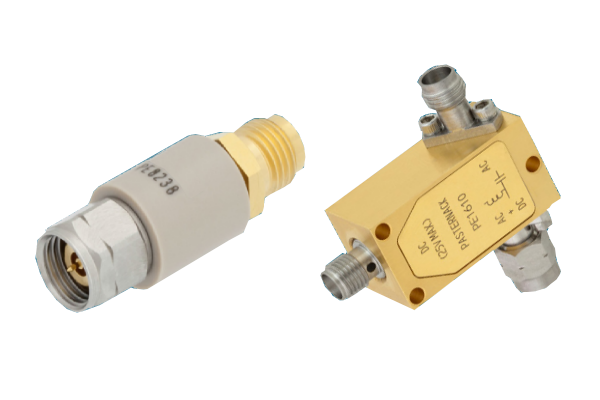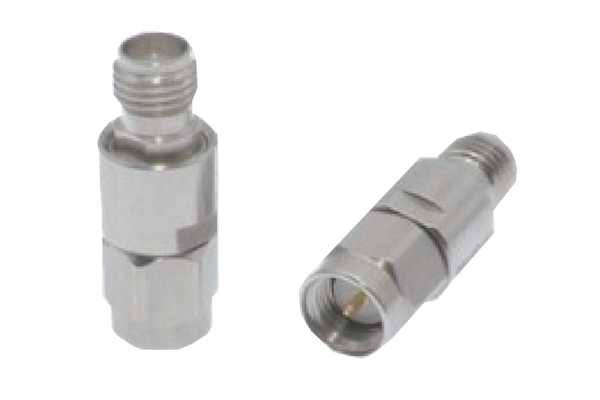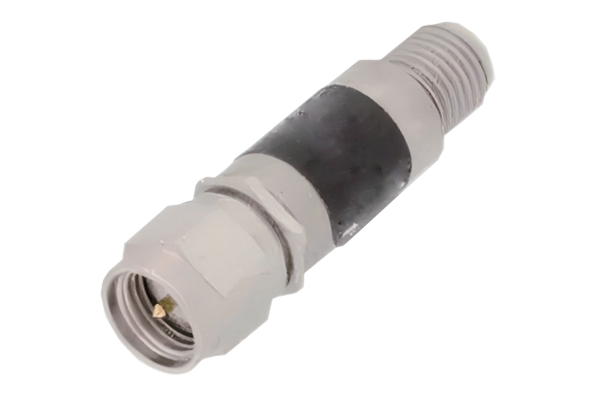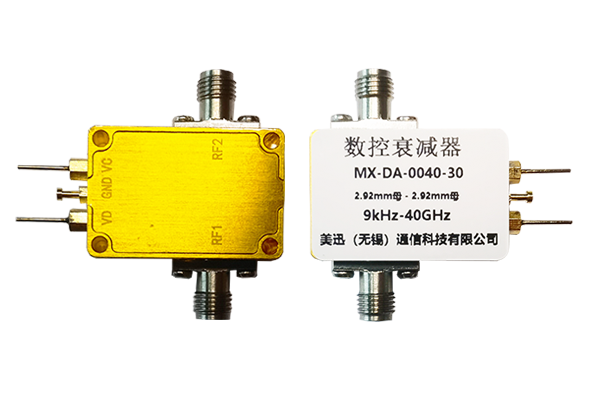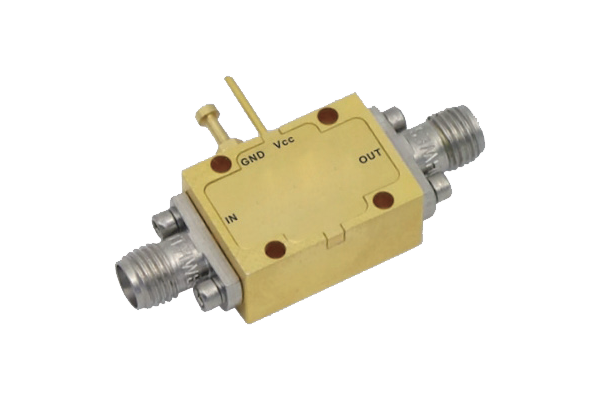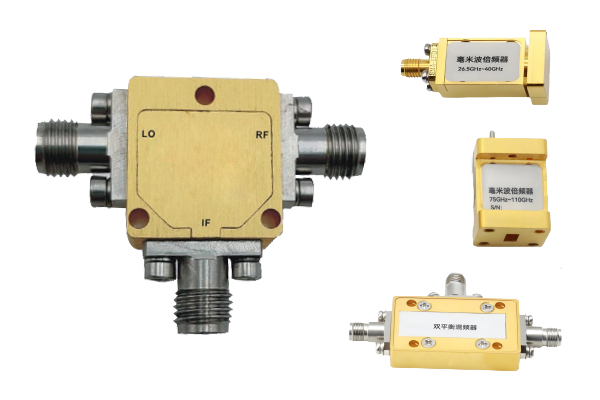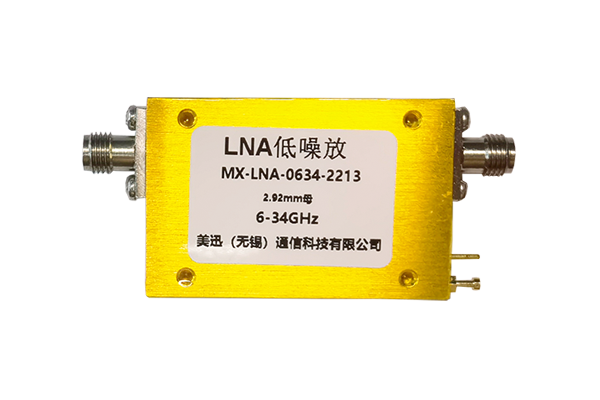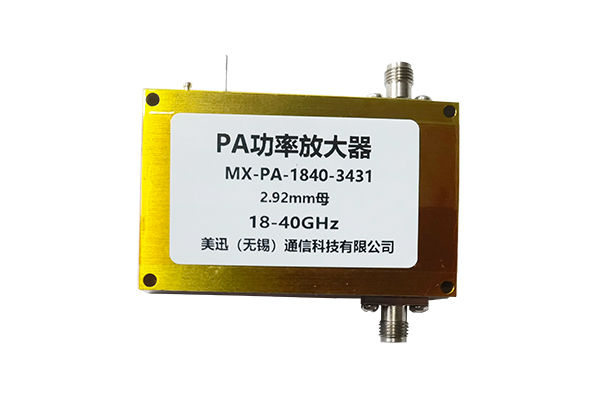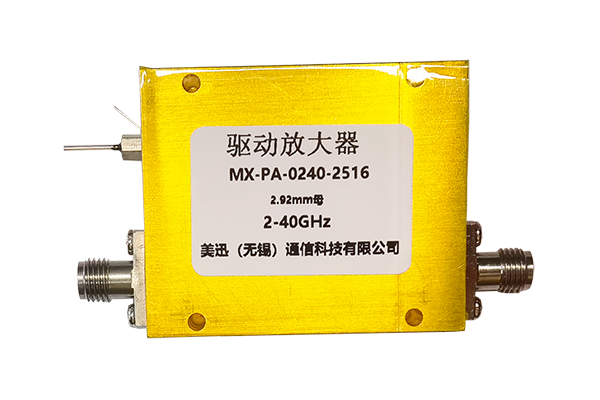Purpose of low-noise amplifier
Low - noise amplifiers (LNAs) are widely used in various fields of electronics and communication due to their unique ability to amplify weak signals with minimal added noise. Here are some of their main applications:
-
In wireless receivers, LNAs are crucial for boosting the extremely weak radio frequency (RF) signals received from antennas. These signals are often at the microvolt level and can be easily drowned out by noise. The LNA amplifies the signal while maintaining a high signal - to - noise ratio, ensuring that the subsequent processing stages can accurately demodulate and decode the information.
-
They are also used in base stations to enhance the sensitivity of the receiver, allowing for better reception of signals from mobile devices over long distances. This helps improve the overall coverage and quality of the wireless network.
-
Radar systems rely on LNAs to amplify the weak echo signals reflected from targets. The low - noise characteristic is essential for detecting small and distant targets, as it enables the radar to distinguish the target signals from the background noise. This allows for more accurate detection and ranging of objects.
-
In satellite receivers, LNAs are used to amplify the weak signals transmitted from satellites. The low - noise operation is critical to overcome the attenuation of the signal during its long - distance transmission through space. By providing a clean amplification, LNAs ensure that the received data is of high quality and can be properly processed on the ground.
-
In some medical imaging devices such as magnetic resonance imaging (MRI) and positron emission tomography (PET), LNAs are used to amplify the weak signals generated by the interaction of the body with the imaging technology. This helps improve the resolution and accuracy of the images, allowing for better diagnosis of diseases and abnormalities




